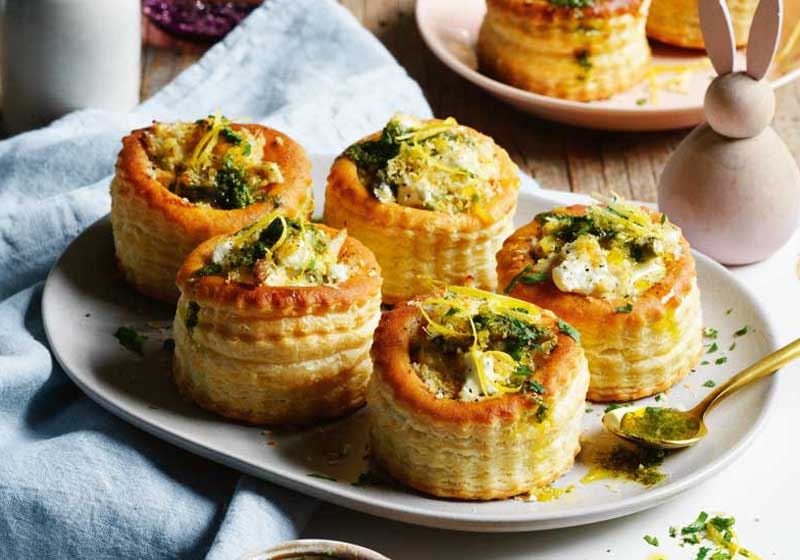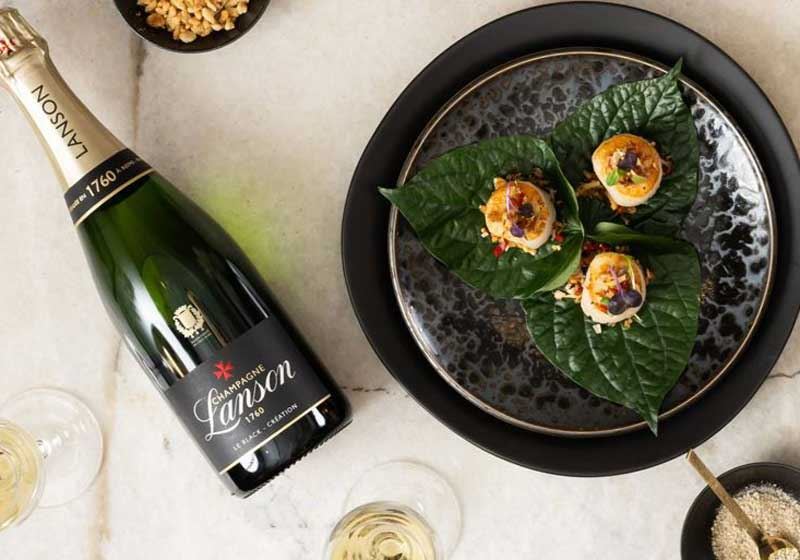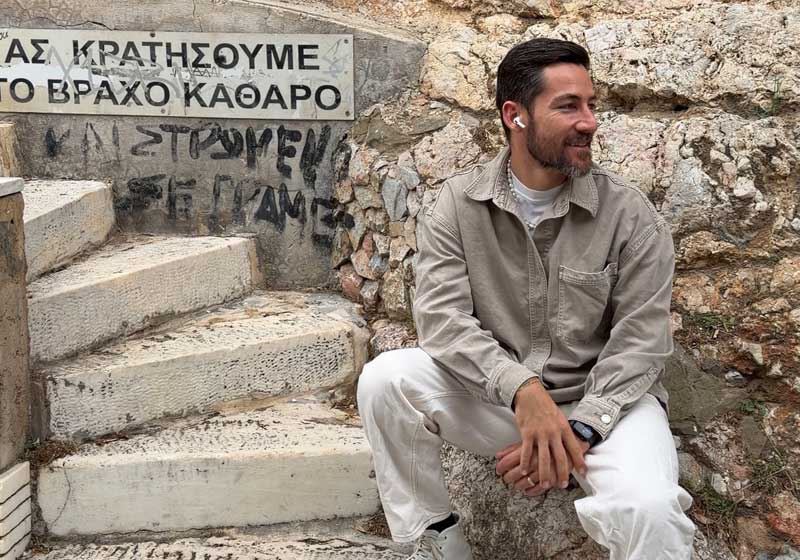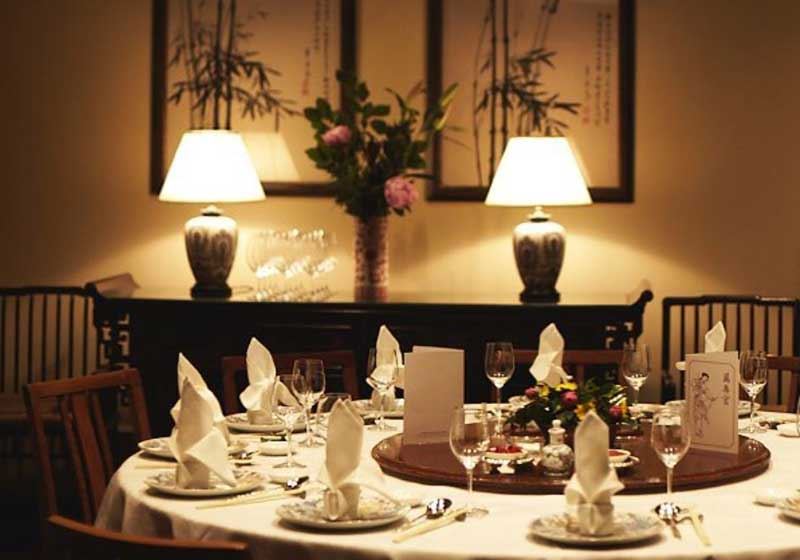By Marie-Antoinette Issa.
Across the Pacific, pit ovens are more than cooking methods; they are a full sensory experience. Maori hangi, Fijian lovo, Hawaiian imu and Tongan umu transform humble ingredients into aromatic, slow-cooked feasts while connecting people to the land, sea and each other. Each is a celebration of flavour, texture and tradition, a feast that begins long before the first bite.
In Aotearoa, the Maori hangi is central to community gatherings and ceremonies. Stones are heated in a pit until red-hot, then layered with baskets of meat, root vegetables like kumara, pumpkin and taro, and occasionally fish.
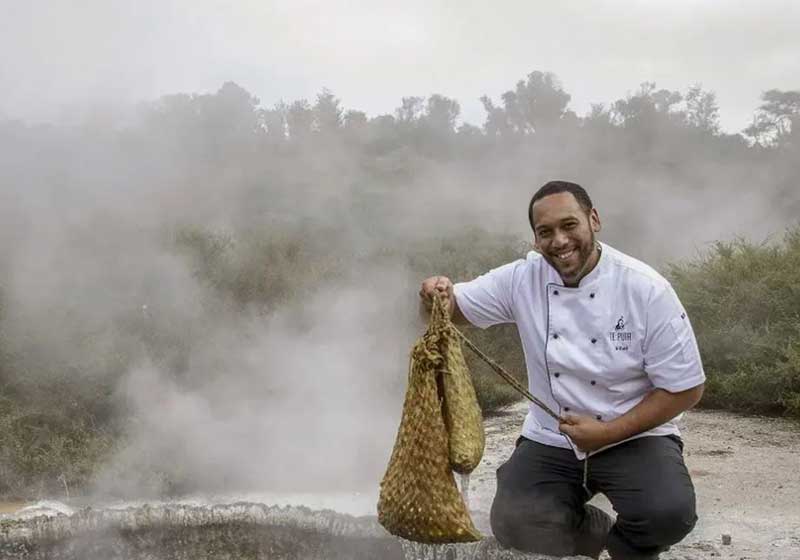
Wet cloths or leaves seal in heat and steam. When the earth is lifted, the aroma is intoxicating, a mix of smoky stone, sweet kumara and earthy taro. The pork melts in the mouth, tender and infused with subtle smokiness, while the vegetables retain a firmness and natural sweetness that balances the rich meat. Eating a hangi is an immersive experience, as much about the ritual as the flavour itself.
Fiji’s lovo adds its own tropical twist. Banana or taro leaves line the pit and fish, pork or chicken are wrapped individually, often marinated in coconut cream, lime juice and chilli, before being placed in the earth.
The scent of coconut mingles with the smoke from the stones, creating a fragrant, heady aroma. Fish emerges flaky and silky, lightly kissed by the acidic marinade, while pork is succulent with a gentle smokiness that lingers on the tongue. Root vegetables like cassava and taro are soft but not mushy, carrying the coconut aroma through every bite. Lovo is a feast for the senses, where every texture and flavour is heightened by the communal energy of preparation.
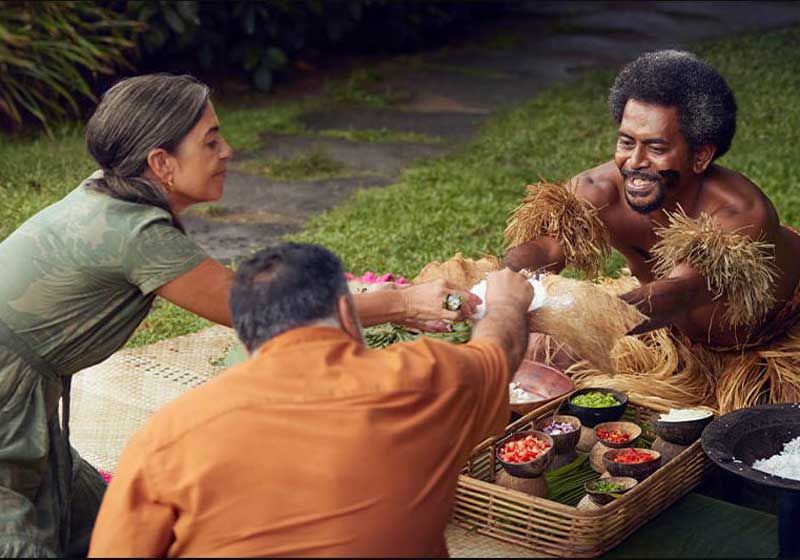
In Hawaii, the imu is a highlight of traditional luaus. Stones heated in the pit cradle leaf-wrapped pork, often accompanied by sweet potatoes and taro. Peeling back the layers releases a cloud of earthy smoke and sweet steam, with a hint of banana leaf perfume. The pork is tender yet rich, melting with a depth of flavour that only slow, underground cooking can produce.
Sweet potatoes are almost caramelised in their natural sugars, while taro provides a creamy, starchy counterpoint. Eating imu food is an almost ceremonial experience, a celebration of heritage and the patience required to create something extraordinary.
Tonga’s umu is similarly immersive. Hot stones and layers of leaves cradle pork, chicken or fish alongside yams and taro. The aroma is earthy and slightly smoky, with subtle notes of roasted root vegetables. Meat is succulent and infused with the natural flavour of the smoke, while vegetables remain firm yet tender, each bite releasing warmth and sweetness.
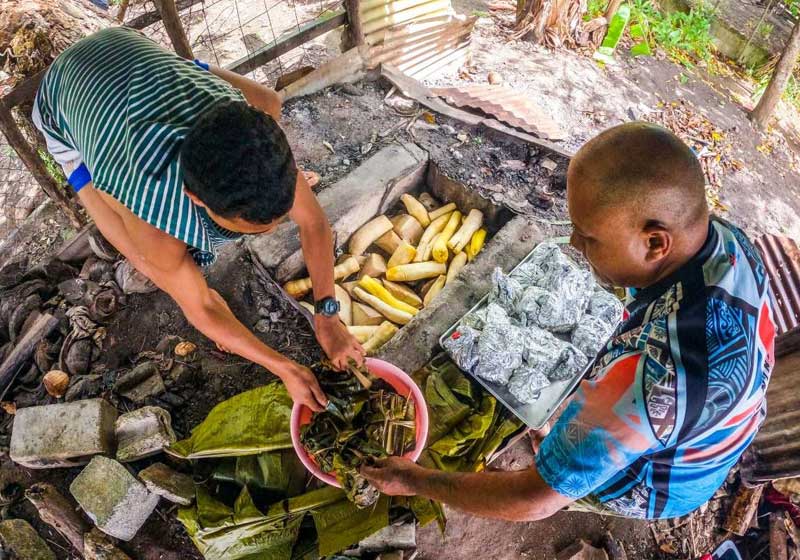
The slow-cooked nature of umu dishes ensures that textures are perfectly balanced and flavours meld without losing their distinct identities. Sharing an umu is a social and sensory event, often accompanied by laughter, stories and music.
What unites these Pacific pit ovens is the balance of smoke, steam and earth. Slow underground cooking preserves moisture while infusing ingredients with complex aromas. Leaves prevent sticking while adding fragrance and the natural sweetness of root vegetables complements smoky, tender meat. Preparing a hangi, lovo, imu or umu is a communal act, where anticipation, fire and patience heighten the reward.
For travellers and food enthusiasts, observing and tasting these dishes is unforgettable. The smell of steaming leaves, the feel of warm earth and the taste of food slowly transformed by smoke and heat connect diners to centuries of tradition.
Each bite is a celebration of ingenuity, culture and the Pacific way of life, a reminder that food is not just sustenance but a story told through flavour and texture.
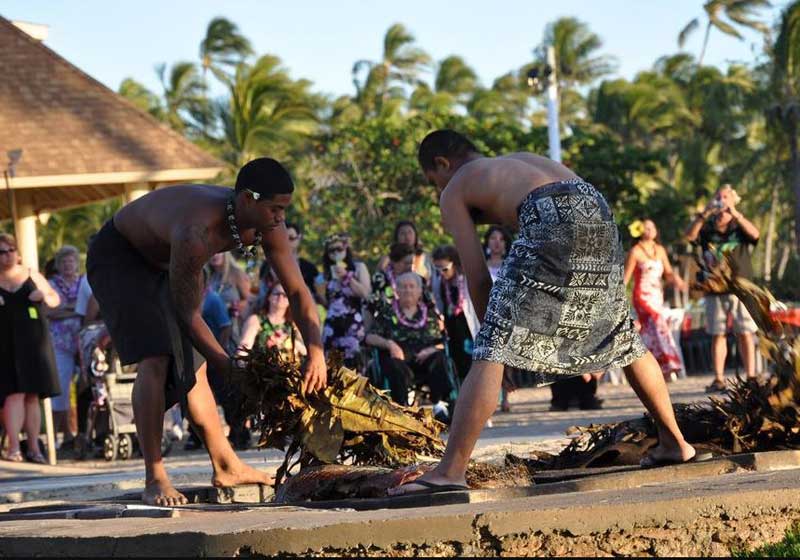
From pit to plate, Maori hangi, Fijian lovo, Hawaiian imu and Tongan umu deliver more than meals. They offer a multi-sensory journey, a deep connection to place and the joy of sharing food as a community. Experiencing them is an education in patience, flavour and culture and a feast that lingers in memory long after the last bite.



